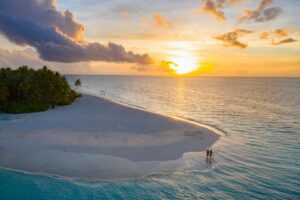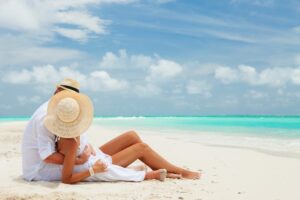Mauritius: Islands and islets reveal their treasures
Like the main jewel in a sublime necklace, Mauritius is surrounded by islets offering breathtaking tropical landscapes. If you’re a nature lover fascinated by endemic species, enjoy a Robinson Crusoe experience on a secluded beach. In this blog, we take you on a tour of the islets surrounding Mauritius.
Located off the coast of Cap Malheureux, Coin de Mire is a magnificent islet recognizable by its elongated silhouette and rocky peak, which rises to 160 meters above sea level. Classified as a nature reserve, Coin de Mire is home to several endemic species, including the famous blue latanier, the green velvet tree and several species of gecko. Visitors are greeted by the graceful flight of the paille-en-queue, the emblematic bird that nests on the island’s cliffs.
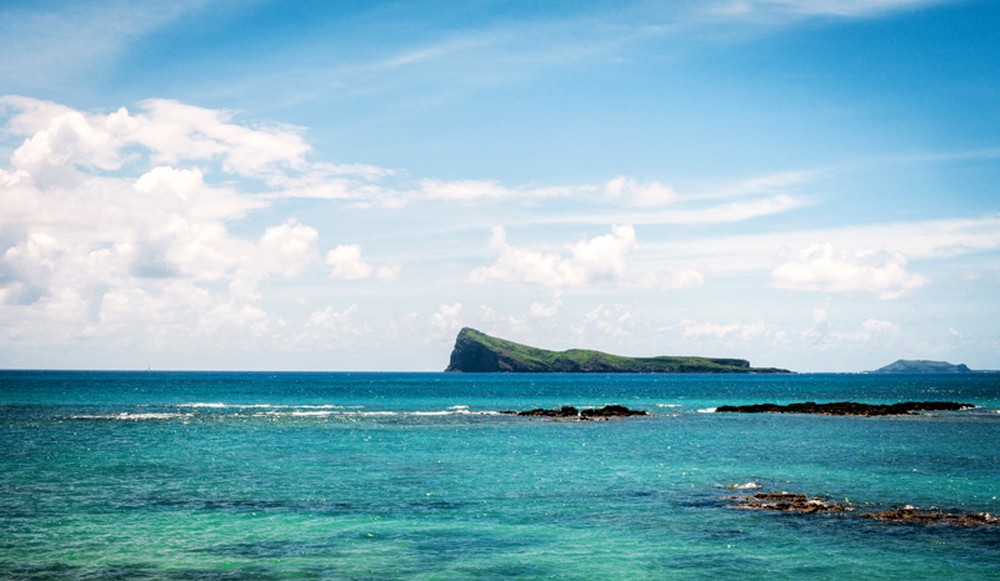
Ile Plate is considered one of the largest Mauritian islets. It covers 253 hectares in the north of Mauritius. If you’re a history buff, you’ll want to check out the lighthouse, which dates back to 1855 and is still in operation. And if you like adventure, not far from this island, on the outskirts of the Sugar Loaf, enjoy the thrill of diving into the shark pit.
In the 19th century, Plate Island was home to a quarantine station erected by the British, where indentured laborers suffering from contagious diseases were placed. The remains of this era are still visible.
Nestled in the lagoon off the village of Poudre d’Or, Île d’Ambre is ideal for kayaking between mangrove swamps and the small wild islets of Mounick, Matapan and Canarde. Also discover Île Ronde. An ecological treasure trove. A basaltic cone that is home to numerous endemic plants and animals, including the Bottle Palm, Telfair’s Skink and small, harmless snakes, in particular Schlegel’s Boa and Casarea Dussumieri (endemic and endangered species).
Described as a little Eden by the locals, Île aux Serpents is a nature reserve in the north of Mauritius. Unlike Ile Ronde, this islet is not home to snakes. Île aux Serpents is home to thousands of seabirds all year round.
Topaz blue waters, a secluded beach and a magnificent seabed await you at Gabriel Islet. A landscape that invites exploration.
Ile aux Aigrettes is a coral islet in the south-east of the island, near Pointe d’Esny. Walk through an ebony forest and observe exceptional flora and fauna. Ile aux Aigrettes is a veritable sanctuary for endemic animals. We’re talking about the Telfair skink, the day gecko and Aldabra’s giant tortoises.
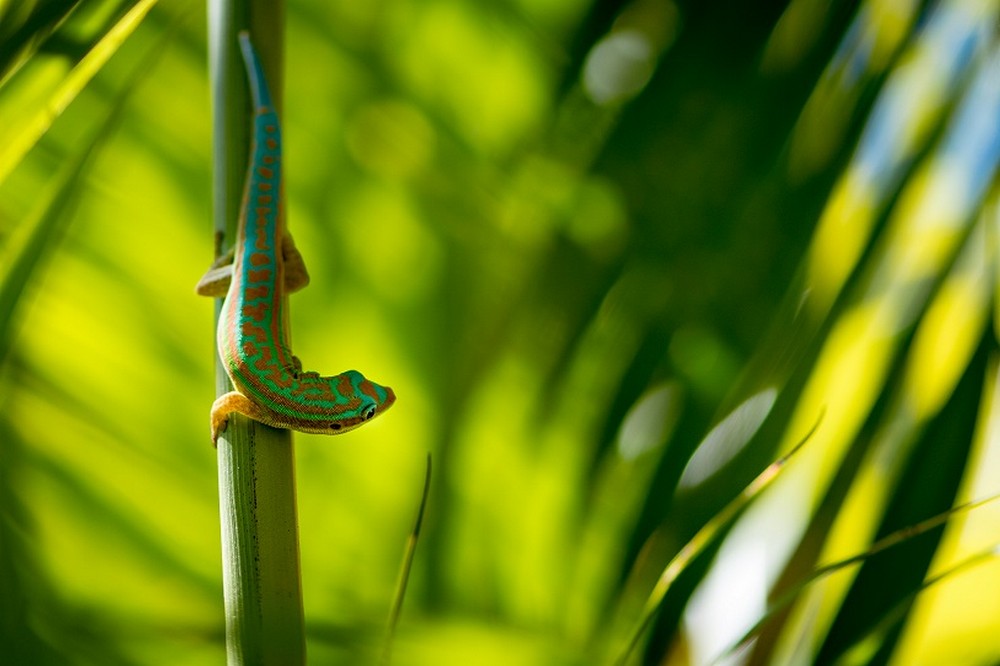
Ile aux Cerfs is a popular destination for tourists. With its immaculate coconut-fringed beaches and turquoise waters, the island is an ideal place for a getaway.
Set course for Ile aux Bénitiers in the Morne lagoon. It’s the ideal place to take advantage of this getaway to swim with dolphins in their natural environment.
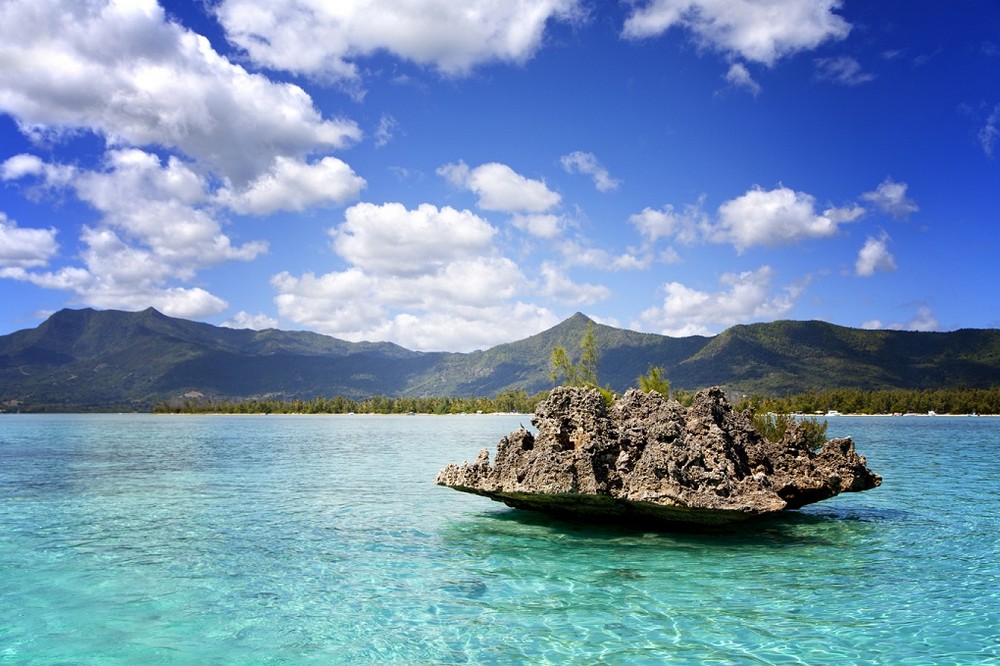
Île de la Passe is a rocky islet in Mahebourg Bay. During the Napoleonic era, the island served as a maritime surveillance outpost on Grand Port Bay. In 1810, this islet witnessed Emperor Napoleon 1e’s only naval victory. This naval battle between British and French frigates is mentioned on the Arc de Triomphe in Paris.
Better known as Île au Phare, Île aux Fouquets is located not far from Île de la Passe and Vacoas islet. It features an ancient lighthouse built during the British period in the 1860s.
Exploring the historical treasures of Mauritius
Immerse yourself in the captivating history of Mauritius as you discover its hidden treasures and iconic sites. Nestled in the…
Mauritius, an exploration like no other
The rich history of Mauritius is a web woven from the threads of different eras, each period bringing its own…
Tourism in Mauritius: new perspectives for a sustainable growth
The tourism sector in Mauritius has been the subject of significant measures in the 2024/2025 budget, reflecting the strategic importance…
Holiday rentals in Mauritius
You’ve finally decided to treat yourself to a well-deserved vacation in Mauritius! Now the next crucial step is to find…
Holidays with friends in Mauritius: A guide to unforgettable adventure
Imagine yourself and your friends soaking up the sun on heavenly beaches, exploring breathtaking landscapes and immersing yourself in a…
Last minute holidays to Mauritius
Do you feel overwhelmed by the daily grind? Or even dreaming of escaping the dullness and hustle and bustle of…
Top 5 experiences in Mauritius
In Mauritius, you have every opportunity to admire the island from every angle. Your playground begins on land, extends to…
- « Previous
- 1
- 2
- 3
- 4
- Next »



